Don't wanna be here? Send us removal request.
Text
NEW MEDIA: HOW IT STARTED
Media has been around for as long as we know, but how did it start?

Let me take you back to when media sprouted until it became new media at present.
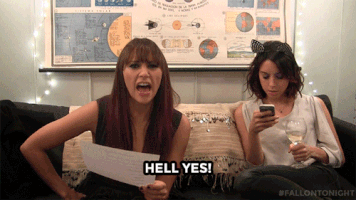
MEDIA STARTED AS:
TELEGRAPH 1792

This allowed messages to be delivered over a long distance far faster than a horse and rider could carry them. Although telegraph messages were short, they were a revolutionary way to convey news and information.
PNEUMATIC POST 1865
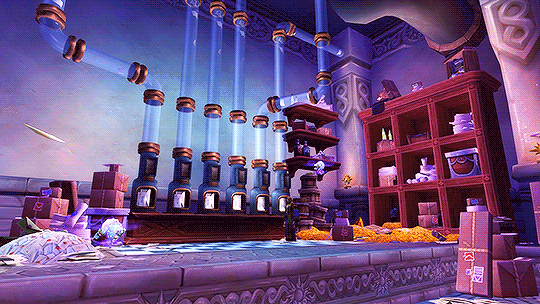
It is another way for letters to be delivered quickly between recipients. A pneumatic post utilizes underground pressurized air tubes to carry capsules from one area to another.
TELEPHONE 1890
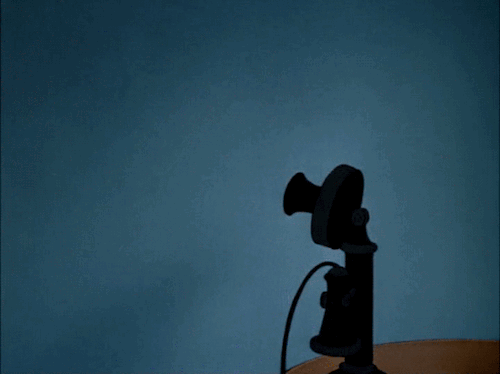
It is a telecommunications device that permits two or more users to conduct a conversation when they are too far apart to be heard directly. A telephone converts sound, typically and most efficiently the human voice, into electronic signals that are transmitted via cables and other communication channels to another telephone which reproduces the sound to the receiving user.
RADIO 1891
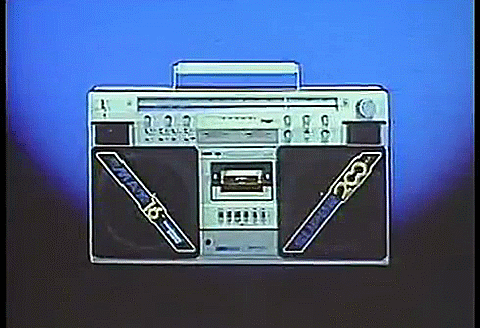
The technology of using radio waves to carry information, such assound, by systematically modulating properties of electromagnetic energy waves transmitted through space, such as their amplitude, frequency, phase, or pulse width. When radio waves strike an electrical conductor, the oscillating fields induce an alternating current in the conductor.
COMPUTER 1940
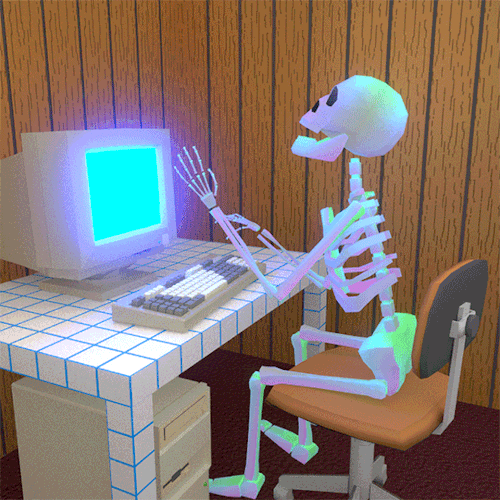
A device that can be instructed to carry out sequences of arithmetic or logical operations automatically viacomputer programming. Modern computers have the ability to follow generalized sets of operations, called programs. These programs enable computers to perform an extremely wide range of tasks.
SOCIAL MEDIA 1978
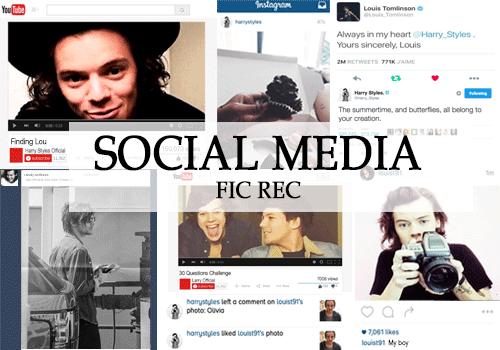
Are interactive computer-mediated technologies that facilitate the creation and sharing of information, ideas, career interests and other forms of expression via virtual communities and networks. The variety of stand-alone and built-in social media services currently available introduces challenges of definition.
INTERNET 1989

It is the global system of interconnected computer networks that use the Internet protocol suite (TCP/IP) to link devices worldwide. It is a network of networks that consists of private, public, academic, business, and government networks of local to global scope, linked by a broad array of electronic, wireless, and optical networking technologies. The Internet carries a vast range of information resources and services .
WORLDWIDE WEB 1995

It is an information space where documents and other web resources are identified byUniform Resource Locators (URLs), interlinked by hypertext links, and accessible via the Internet. English scientist Tim Berners-Leeinvented the World Wide Web in 1989. He wrote the first web browserin 1990 while employed at CERN near Geneva, Switzerland. The browser was released outside CERN in 1991, first to other research institutions starting in January 1991 and to the general public on the Internet in August 1991.
FRIENDSTER 2002
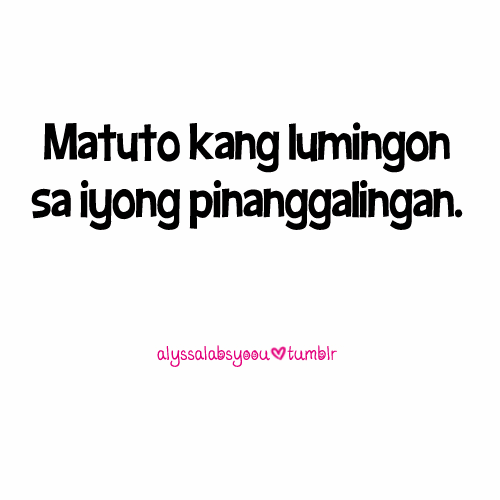
A social gaming site based in Kuala Lumpur, Malaysia. It was originally a social networking service website. Before Friendster was redesigned, the service allowed users to contact other members, maintain those contacts, and share online content and media with those contacts.The website was also used for dating and discovering new events, bands and hobbies. Users could share videos, photos, messages and comments with other members via profiles and networks. It is considered one of the original social networks.
FACEBOOK 2004

Facebook is a popular free social networking website that allows registered users to create profiles, upload photos and video, send messages and keep in touch with friends, family and colleagues.
YOUTUBE 2006
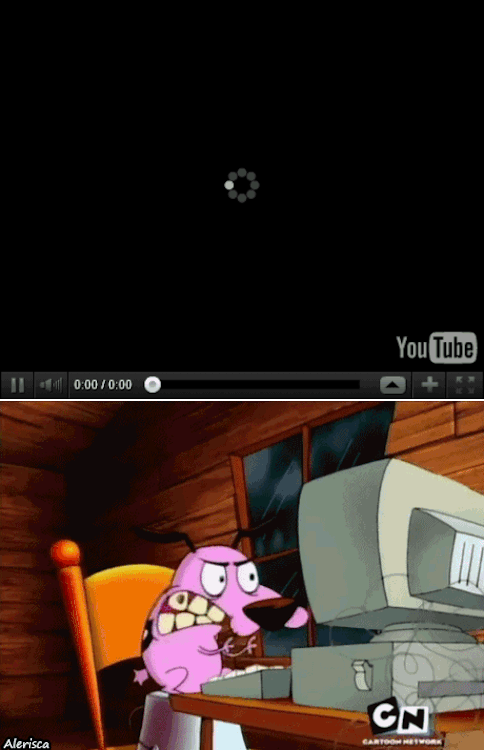
It is a video sharing service that allows users to watch videos posted by other users and upload videos of their own. The service was started as an independent website in 2005 and was acquired by Google in 2006. Videos that have been uploaded to YouTube may appear on the YouTube website and can also be posted on other websites, though the files are hosted on the YouTube server.
TWITTER 2006

It is a free social networking microblogging service that allows registered members to broadcast short posts called tweets. Twitter members can broadcast tweets and follow other users' tweets by using multiple platforms and devices. Tweets and replies to tweets can be sent by cell phone text message, desktop client or by posting at the Twitter.com website.
INSTAGRAM 2010

It is a social networking app made for sharing photos and videos from a smartphone. Similar to Facebook or Twitter, everyone who creates an Instagram account has a profile and a news feed. t's like a simplified version of Facebook, with an emphasis on mobile use and visual sharing. Just like other social networks, you can interact with other users on Instagram by following them, being followed by them, commenting, liking, tagging and private messaging.
GOOGLE 2011
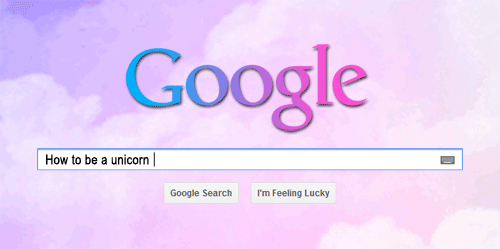
It is a search engine that can be employed to find a variety of information such as websites, pictures, and maps. Google uses a computer program called a 'web crawler' that looks at the billions of websites available on the World Wide Web and examines their content to find 'keywords'. Then it indexes these to make the websites easier for the search engine to find.
PINTEREST 2012

It is a web and mobile application that operates a software system designed to discover information on the World Wide Web, mainly using images and, on a smaller scale, GIFs and videos. Pinterest is like a web-based pinboard or bulletin board—but with greater organizational functionality.
That is only some of the great advancements of media in our time, who knows there are more amazing things lying ahead of our time.

1 note
·
View note
Photo
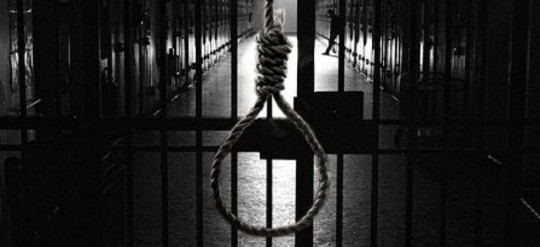
DEATH PENALTY : DOES IT ALLEVIATE CRIME?
Greetings everyone, I am Florence John Escañan and I want to talk to you about the Death Penalty. The Death Penalty has been around for quite some time. From the early centuries up to our modern time today, the death penalty has torn families of those who’ve been convicted of heinous crimes. It aims to decrease the rates of crime in one’s country, for example, the Philippines. The Philippines has a long history with capital punishment, but it was most recently suspended in the year 2006 and replaced with the life imprisonment and reclusion perpetua. In 1946, murder, rape, and treason were grounds for the death penalty. Until 1961, 51 were sentenced to death by the law. This number soared high under the leadership of strongman Ferdinand Marcos. Under the Marcos regime, drug trafficking was added to the list of crimes punishable by death. Electric chairs were the primary instrument for execution during Marcos’ time, which were replaced by firing squads in 1976. When Marcos was overthrown during the 1986 People Power Revolution, the Philippines became the first country in Asia to abolish death penalty by virtue of the 1987 Constitution. Death penalty was reinstated under the rule of then-President Fidel Ramos, which used gas chambers and electric chairs to dispense judgment. Executions continued until the second suspension of the death penalty under President Gloria Macapagal-Arroyo, who suspended it under Republic Act No. 9346 in 2006. As time passed after its suspension the Philippines came into war with crime and drugs, thus the reinstatement of it would be of great help for the country, or so some think.
“The flame of the rule of law cannot be ignited by rage, especially the rage of the mob which is the mother of unfairness. To borrow from PAO, “death penalty is legalized murder. Being a crime itself it cannot, and can never solve the crimes in our society.” After all,no human being is illegal.”, this was stated in a research in Philippines. Statistics show that crime since the 1980’s, where crime was at its peak, was already decreasing. After two impositions of the death penalty in the following years, crime already decreased with or without its imposition thus one would say that the death penalty is useless when it comes to decreasing the levels of crime. There are many ways crime can be alleviated, more just and legal ways in doing so.
0 notes